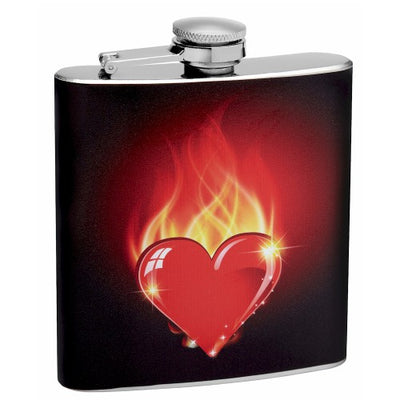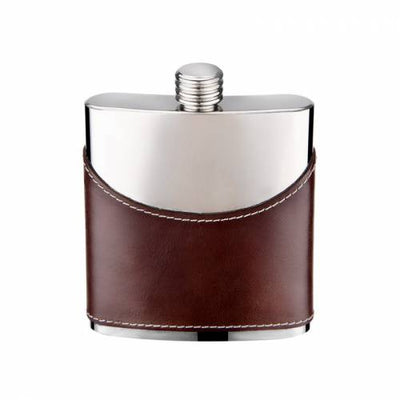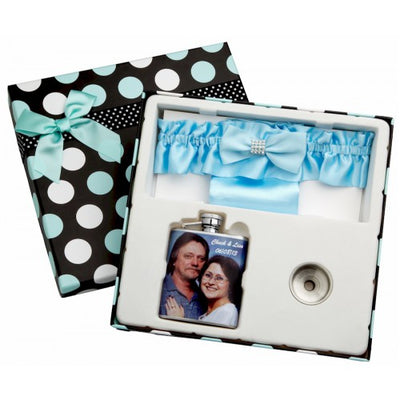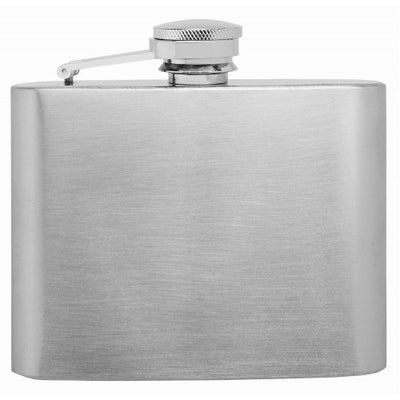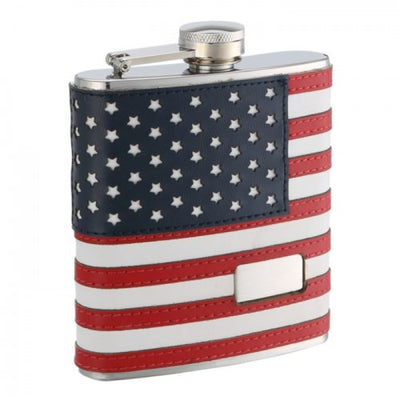 Photo Credit: Thomassin Mickaël[/caption]
Photo Credit: Thomassin Mickaël[/caption]We here at Flasks.com are big into whiskey, as you already know. But we're also pretty crazy about TEQUILA. Now, we're not talking about the stuff that you have to drink with salt and lime to stomach. A fine tequila can be drank straight up. Patron and Don Julio are great places to start your tequila journey.
So you're ready to start your tequila intake, but wouldn't you first like to know how tequila is made? If so, read on to get the lowdown on Mexico's famed national elixir. If not, well, we can't really help you there, but we wish you much success in your tequila adventures!
Origins
In western Mexico, in the state of Jalisco, in the highlands, which are called Los Altos, there’s a city called Tequila, located about 40 miles northwest of Guadalajara. This is where the popular distilled beverage was first created, and it’s made from the blue agave plant. The blue volcanic soil of that region supports the growth and harvesting of about 300 million blue agave plants each year. According to Mexican law, the only areas in which tequila can be made are the states of Jalisco, as well as the states of Guanajuato, Tamaulipas, Michoacán, and Nayarit.
Harvesting
Passed down from generation to generation, the actual harvesting of plants remains a manual effort. In fact, planting, tending to, and harvest of the plants has always be done by hand, not by modern day farm equipment. The men who harvest the blue agave plants are called jimadores. These jimadores are able to tell precisely when each plant is ready to be harvested, and they use a special knife called a coa.
The Plant
A high stalk that grows from the center of the plant, several yards in height, must be meticulously trimmed on a regular basis, preventing the agave plant from flowering and dying early. If the plants are harvested too early or too late, the piñas will not have the right amount of carbohydrates necessary for fermentation. They are then put into ovens where they are slowly baked in order to break down their complex starches into simple sugars, then they are mashed or shredded.
Distilling
The extracted agave juice is then poured into large wooden vats for a few days so that it can ferment. Then the fermented juice is distilled to produce the Tequila. When it is distilled a second time, it is then called “silver tequila.” Some producers distill it a third time, but this usually reduces the flavor. Agave plants grown in the highlands of Mexico usually yield much sweeter and fruitier-tasting tequila while the lowland agave plants give the tequila a more earthy flavor.



